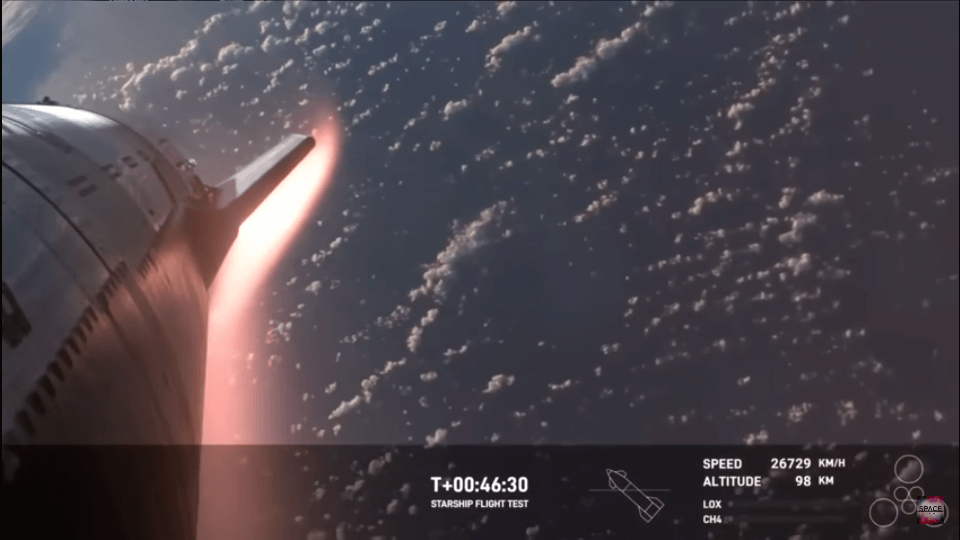
For several months, I’ve been exploring solutions to improve the heat shield tiles on SpaceX’s Starship, discussing ideas with Grok-3. Ultimately, I concluded that my lack of specialized education limited my ability to advance tile design, so I paused my efforts until a new avenue emerged. Recently, discussions on X highlighted a contrast: Blue Origin’s capsule, which carried passengers on a suborbital flight, showed no reentry scorch marks, while SpaceX’s Dragon capsule, which returned stranded astronauts from the International Space Station (ISS), did. The reason is clear: Blue Origin’s capsule travels straight up and down, while Dragon must accelerate to 17,500 miles per hour to reach Low Earth Orbit (LEO) and dock with the ISS, generating significant reentry heat due to atmospheric friction.
From: Mark Pullen
Date: April 22, 2025
Subject: Duration of Four Aerobraking Passes for Starship
- 4 aerobraking passes at 60-80 km altitude, each slowing ~200 m/s (total: 0.8 km/s).
- Retro burn for remaining 0.8 km/s (23.9 tons propellant).
- Total reentry fuel: 26.4 tons (2.5 tons setup + 23.9 tons burn), saving 27.6 tons vs. 54 tons for full burn.
- Orbit: 70 km perigee, 400 km apogee; orbital period ~93 minutes.
- Atmospheric Exposure: Each pass below 100 km spans 10° arc (1125 km at 7.8 km/s).
- Time per Pass: ~144 seconds total, ~90 seconds of significant drag (60-80 km).
- Each Pass Duration: ~90 seconds, slowing ~200 m/s.
- Total Aerobraking Time: 4 passes × 90 seconds = 360 seconds (~6 minutes).
- Total Mission Time: 4 orbits × 93 minutes = 372 minutes (~6.2 hours).
- Fuel Savings: 4 passes save 21.4 tons vs. retro burn for 0.8 km/s—total reentry fuel: 26.4 tons (vs. 54 tons).
- Landing Fuel: ~15 tons for flip and landing (IFT-4 baseline).
- Total Mission Fuel: 26.4 tons (reentry) + 15 tons (landing) = 41.4 tons (vs. 69 tons without hybrid).
- Net Savings: 21.4 tons from passes exceeds 15 tons for landing, leaving 6.4 tons of fuel.
On X: @PacificReports
Published by Editor, Sammy Campbell.